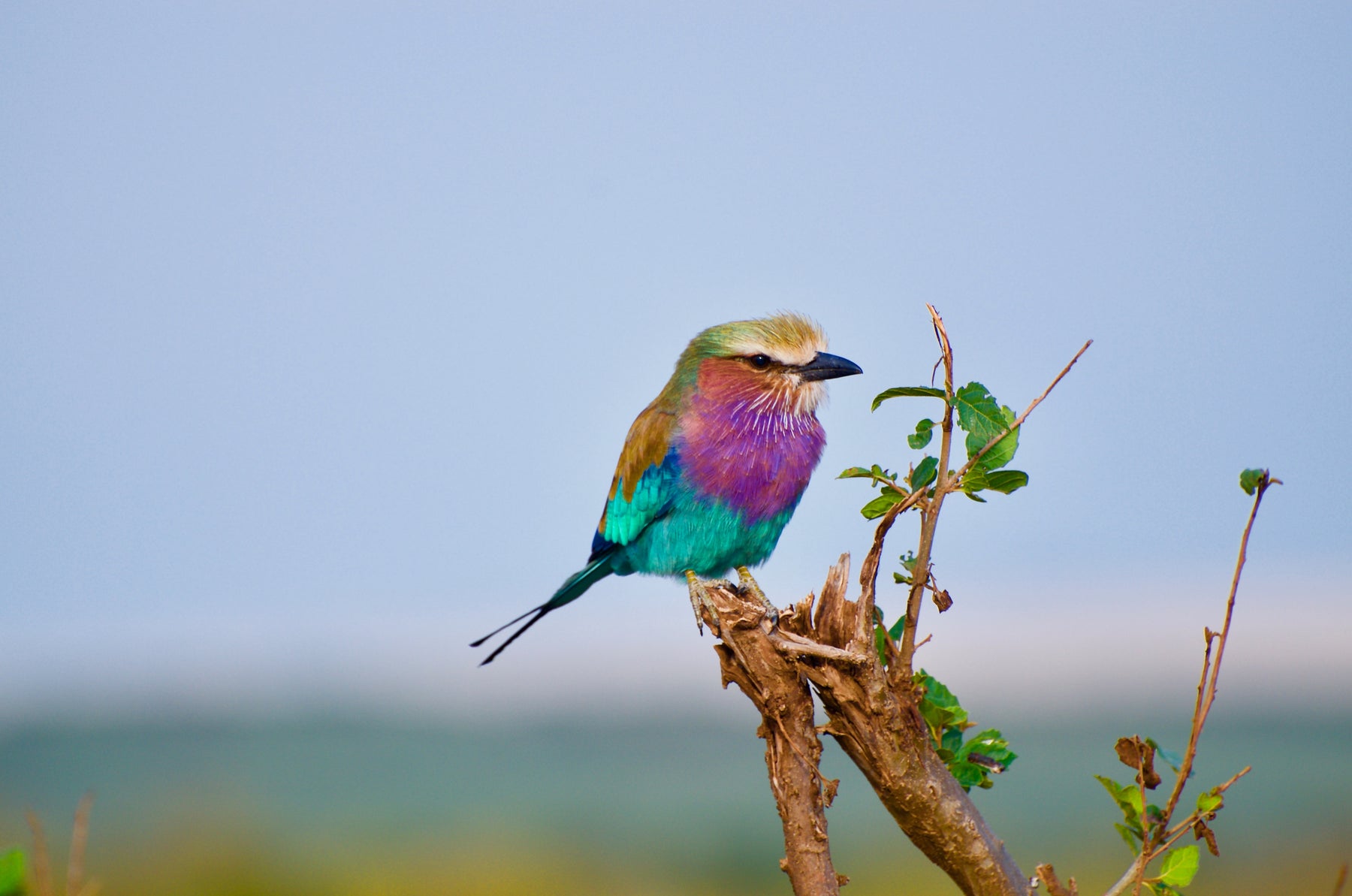
A Month-By-Month Bird Calendar
Times will vary from one part of the country to another, depending on latitude, weather patterns, and other factors.
January — Build or order bluebird houses. Feed ducks or geese that winter locally. Great horned owls on nests.
February — Set up bluebird houses. Read some good books. May see early robins by end of month.
March — All bird boxes should be set up. Watch for red-winged blackbirds.
April — May hear woodcocks in evening. Look for early robin nests in evergreens, before other trees have leaves. Bluebirds will be building nests and incubating.
May — Later migrants arrive—thrashers, orioles, thrushes. Nature hike for migrating spring warblers. Experiment with Audubon bird call. Hang hummingbird feeders.
June — Good time for nature hikes in natural woods—weeds not yet out-of-control. Robins may be on second brood, orioles nesting. Vacationing? Take binoculars, field guides, and list new species seen on trip.
July — Birds active at sun-up. Summer evenings, look for nighthawks catching insects above shopping center lights. At dusk, throw a stone in a handkerchief up to watch a swooping bat.
August — Supply birds with water for a splash on hot days.
September — Set up new feeders to accustom birds to them.
October — Early, put seed in established winter feeders. Watch and listen for migrating geese, cranes, other fowl.
November — Study bird books and calls. Sketch birds at feeder. Keep a list of birds sighted when any new species appear.
December — On poster board, make a large record for listing all birds seen next year, starting January 1st. Draw and color some birds in its margins, and hang near feeder window.
